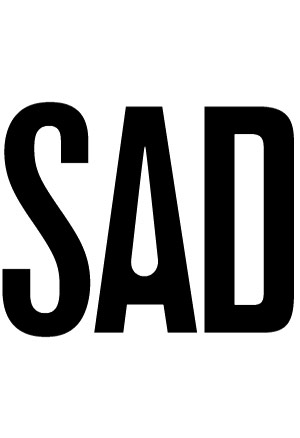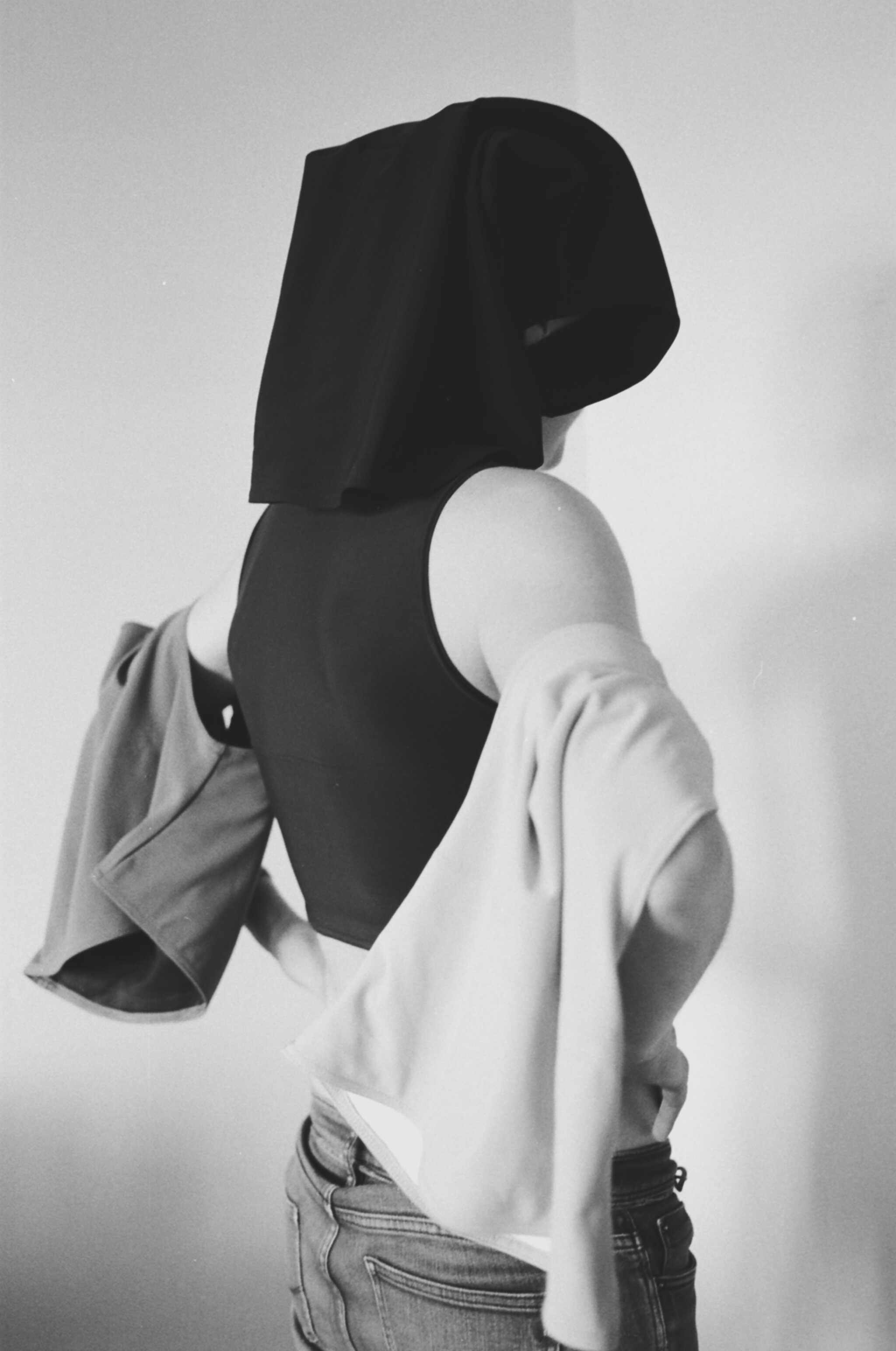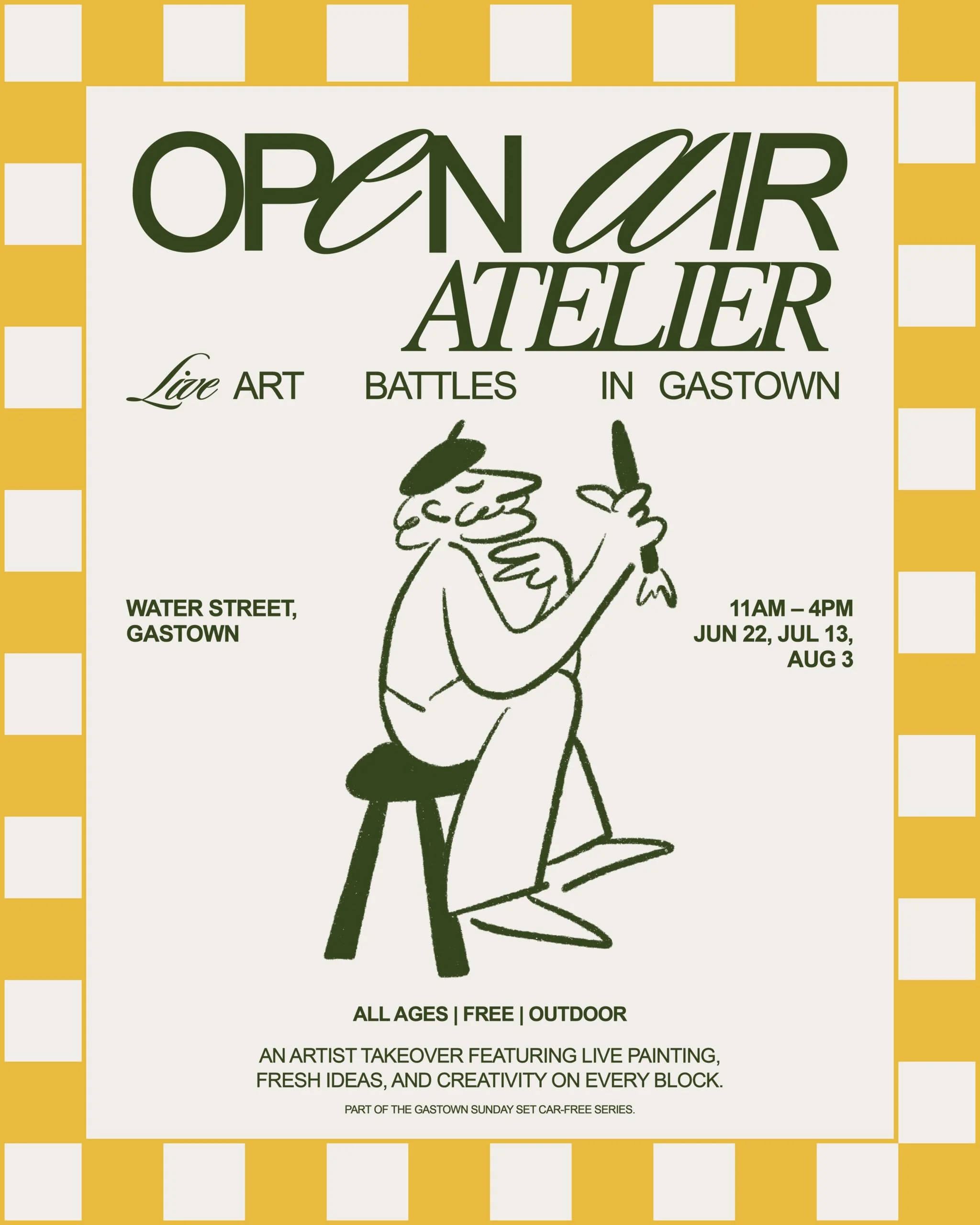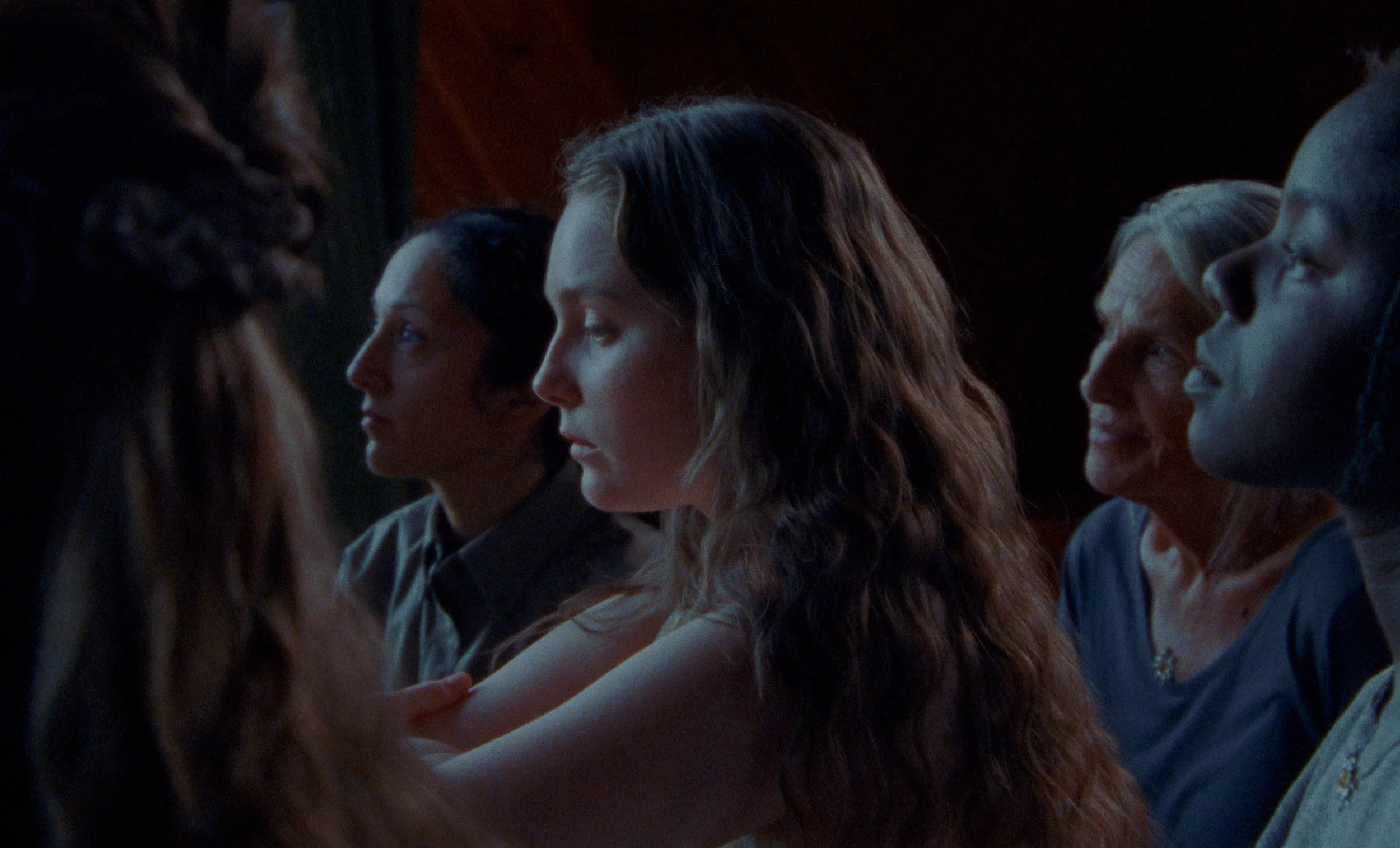MEET SEPTEMBER ARTIST OF THE MONTH: EMILIE BORODINE
/PHOTO BY EMILIE BORODINE
Few people are brave enough to take the leaps that Vancouver-based ceramicist Emilie Borodine took to land her career.
Since taking her first pottery class two years ago, the France-born founder of Sowhere Project has made a full time business out of selling her handmade ceramics.
“It was crazy! Not something I would say to everyone, like ‘Just quit everything and do it,’” Borodine admits. “But I think it's what I needed at this stage in my life, I needed a break but wasn't immediately expecting anything from it.”
Years of travelling and living abroad have made Borodine somewhat of a minimalist. So when wanderlust brought her to Vancouver from Wellington, New Zealand, her interest in pottery stemmed from a home decor debacle.
“How can I fill up my house without having any belongings?” Borodine recalls. “So I’m like ‘Let’s do plants.’ Well now plants are growing, so I need planters.”
She describes feeling like time had stopped during classes, to the point where she had to be asked by her pottery instructor to leave at closing time.
“I love this feeling of being completely disconnected,” says Borodine.
So when she saw one local artist was subletting their work studio for the summer, she jumped at the opportunity to take it over. While it’s challenging to sleep next to a pottery wheel, today Borodine’s studio is also where she calls home—living in an east Vancouver building full of artists.
“Vancouver is really welcoming,” says the self-taught success. “People just love seeing someone who’s really enthusiastic.”
Borodine attributes her zeal for ceramics to the learning curve that comes with taking on a new craft as an adult.
BY EMILIE BORODINE
“When it’s not your trade, you’re just learning the technique, not exploring a style. It’s nice to experiment, but you need the technique,” she says. “When it’s like that, you’re just a blank canvas, you are raw.”
Her collection of goods, handmade with locally sourced materials, include earring holders, wall hangings, to-go mugs, and intricate vases. Breasts continue to inspire many of her projects.
“We all have breasts! Sometimes men have big breasts, so having something we can all identify with ourselves,” Borodine explains of her muse.
BY EMILIE BORODINE
BY EMILIE BORODINE
Several people have thanked her after seeing their own bodies represented through her work.
“They're like: ‘Thank you for making me feel like my breasts are pretty!’ I'm like ‘Of course your breasts are pretty!’ So that message, for me, makes me want to keep working. For people who had maybe surgery because of cancer, or with breastfeeding, it's really important to them.”
Whether they love it or they hate it, Borodine says people are vocal about her work.
BY EMILIE BORODINE
“Some people will really scream ‘Boobs!’” She says, adding that others have reacted with judgement over humour. “It brings a reaction, and I like that because it makes people speak about it—not to necessarily sexualize it, just being comfortable with it. It’s just a body, it’s normal.”
In a pandemic twist, her artist gig has held up despite safety measures cancelling several regular markets. The societal shift inspired her to put focus more on her Etsy shop. Previously, she had shied away from social media, but after picking up her presence, Borodine finds she’s able to connect with people who may be too shy to approach her in-person at markets.
Amid the global uncertainty on what lies ahead, Bolodine hopes her future will involve collaborations with organizations she shares values with—donating partial proceeds from her sales to benefit causes like sex education, environmentalism and feeding the hungry.
BY EMILIE BORODINE
BY EMILIE BORODINE
“It's a long journey, so I would say I don't know what's next. I just know I still have a lot of things to learn from it.”


























